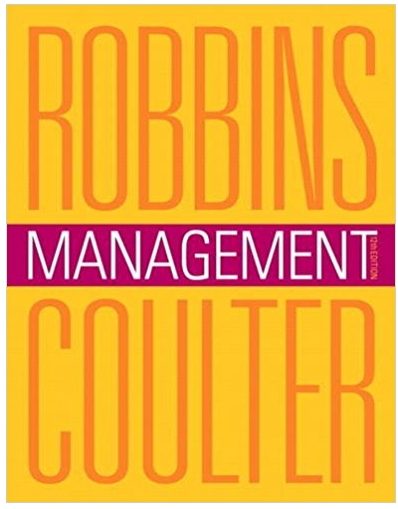Question
Read the following selection on the cholera epidemic of the 1800s, then answer the multiple-choice and true-false questions based on the content of the passage.
Read the following selection on the cholera epidemic of the 1800s, then answer the multiple-choice and true-false questions based on the content of the passage. Utilize the concepts and skills you have learned in any way that you feel will aid in your comprehension of the material. In 1831, newspapers reported with alarm that the disease, cholera, had escaped from its Asian homeland and that it was marching westward across Europe. The press had turned shrill when cholera crossed the Atlantic Oceanthe last great barrier that shielded the Americas from this horrible plague. Cholera struck Canada in June 1832. Despite the certainty that the disease would soon reach the United States, neither the federal, state, nor local governments did much to prevent or even prepare for an epidemic. Nothing in their inventory of illnesses, not even the ravages of smallpox or malaria, had prepared Americans for the terror that seized them when cholera finally appeared. Their fear is easily understood: Cholera killed approximately half of those who contracted it, and it struck with unbelievable rapidity. Choleras symptoms, which mimic those of severe arsenic poisoning, are indeed spectacular. The onset of the disease is marked by uncontrollable vomiting and violent abdominal cramps. Within hours, this sudden and massive loss of fluids causes dehydration, and the victims extremities feel cold, the face turns blue, and the feet and hands appear dark and swollen. Death can follow within a few hours after the first symptoms appear. Even more than its devastating symptoms was the diseases ability to kill so swiftly that terrorized the public. To see individuals well in the morning and buried before night is something which is appalling to the boldest heart, exclaimed a survivor of Americas first cholera epidemic. Although dirty hands or raw fruits and vegetables often transmit the disease, most cholera epidemics are spread by polluted drinking water from sewage-contaminated water systems. Unfortunately, Americas cities in 1832 harbored more than enough filth to nurture an epidemic. New York was especially dirty. Residents were required by law to pile their garbage in the gutter in front of their homes for removal by the city, but it seldom got collected. Thanks to this filth, cholera unleashed a great plague of death when it reached New York. Thousands died in the epidemic, producing so many bodies that the undertakers could not keep up with the volume and had to stack corpses in warehouses and public buildings to await burial. In the midst of their suffering, New Yorkers could not help but wonder why some people contracted the disease while others escaped it. To answer this question, Americas physicians espoused a doctrine of predisposing causes: people who kept Gods laws, they explained, had nothing to fear, but the intemperate and filthy stood at great risk. Cholera receded from the land almost as quickly as it had come. By the fall of 1832 the epidemic had spent its fury, and by the winter it was gone. When it struck again in 1866, Americans had learned how to battle the disease. They no longer talked about cholera in moral terms as Gods vengeance on the poor and the wicked. Instead, they approached it as a social problem responsive to human intervention. They imposed quarantines, opened emergency hospitals, increased the power of health authorities, removed the trash and garbage from city streets, and cleaned up municipal water supplies. The contrast between 1832 and 1866 was evident. (Martin et al., pp. 322323) - I just want some true or false questions and other question about this text and answer. Thanks
Step by Step Solution
There are 3 Steps involved in it
Step: 1

Get Instant Access to Expert-Tailored Solutions
See step-by-step solutions with expert insights and AI powered tools for academic success
Step: 2

Step: 3

Ace Your Homework with AI
Get the answers you need in no time with our AI-driven, step-by-step assistance
Get Started


